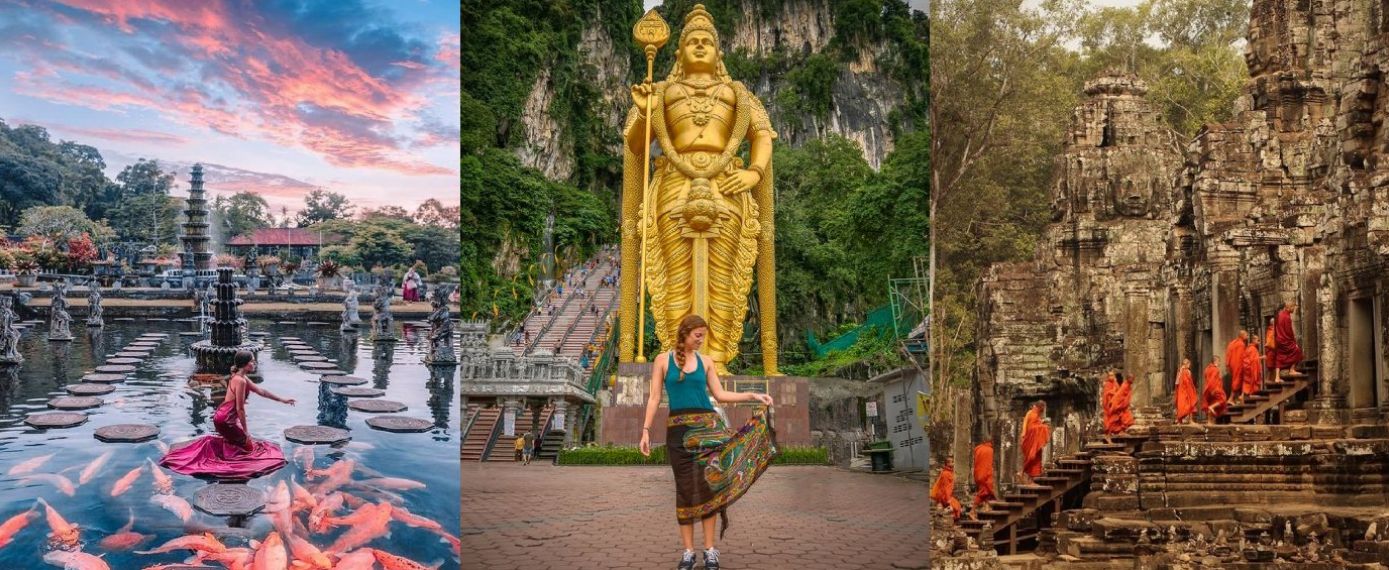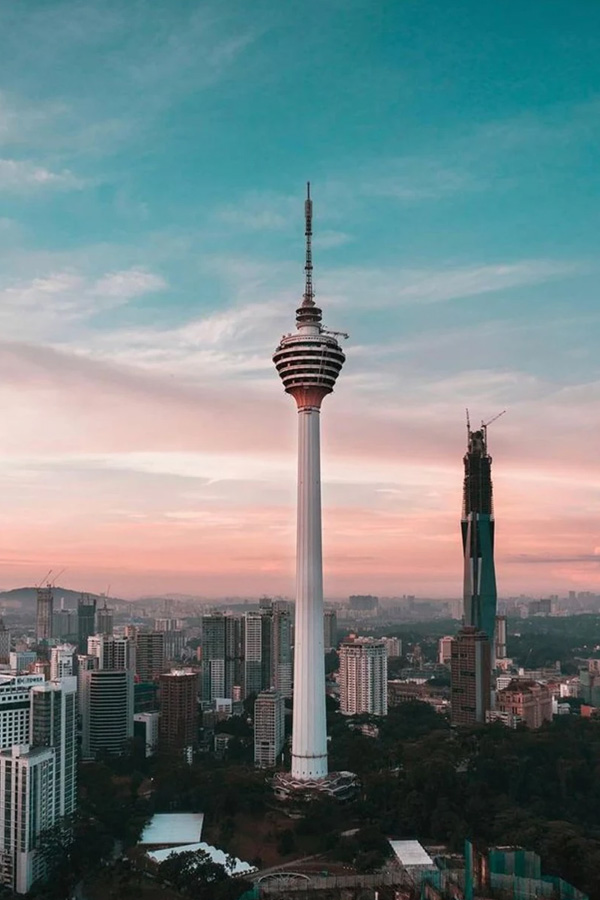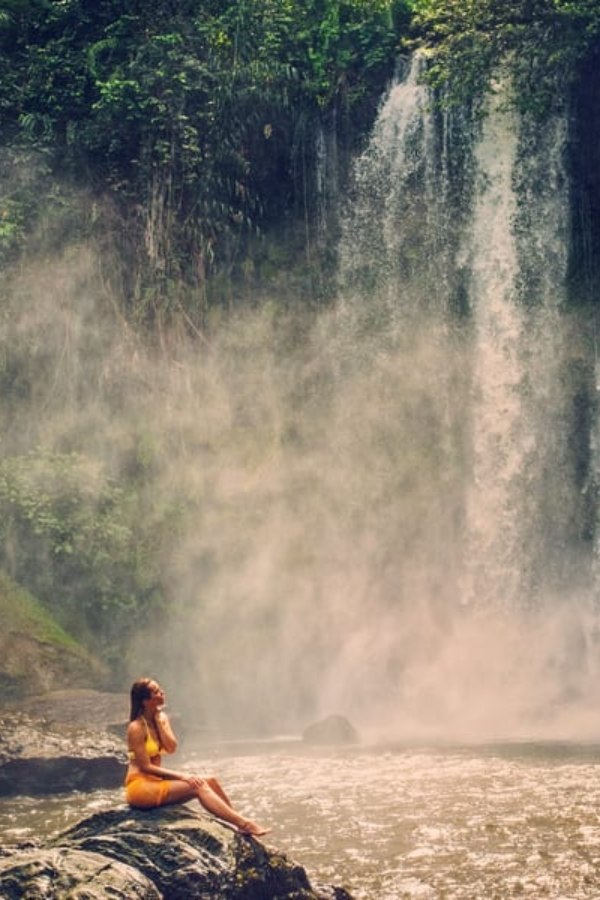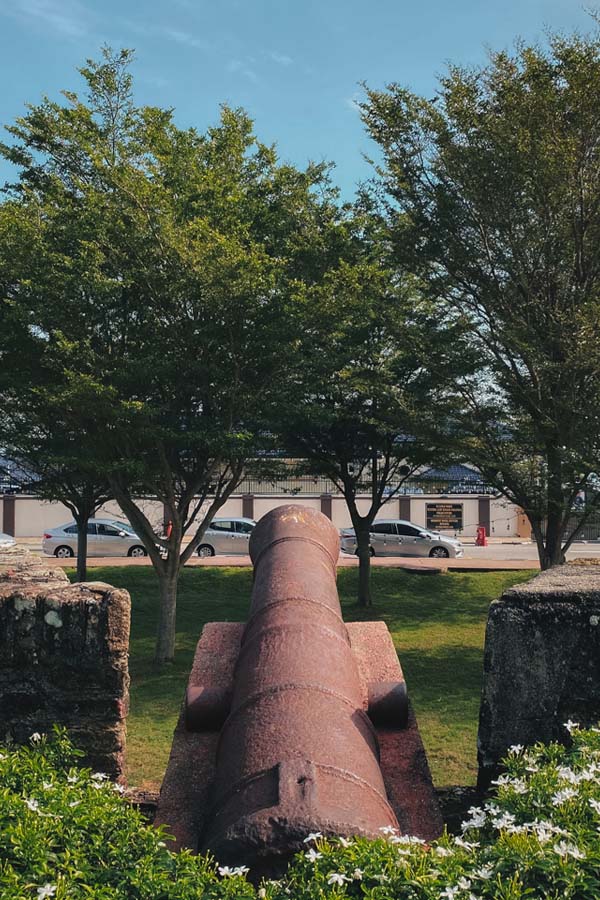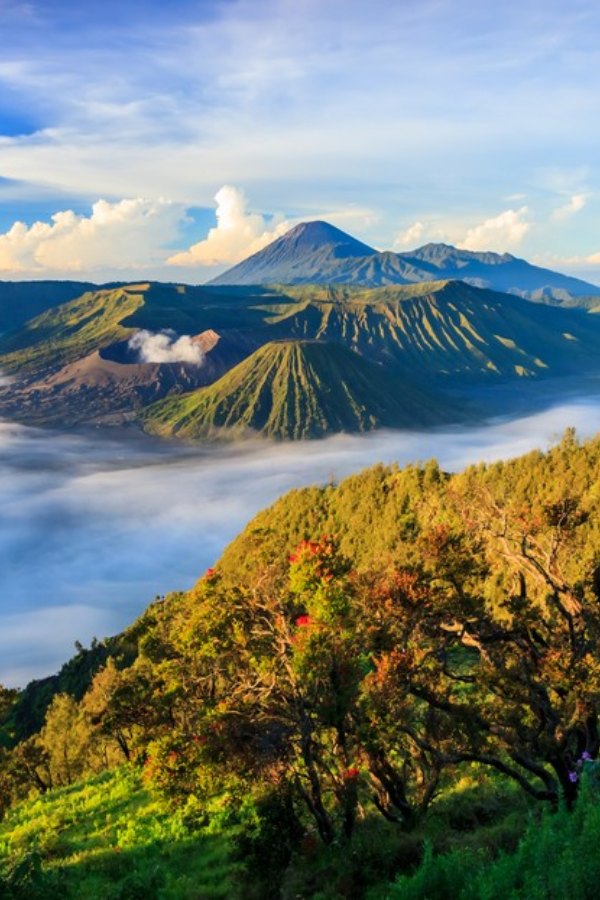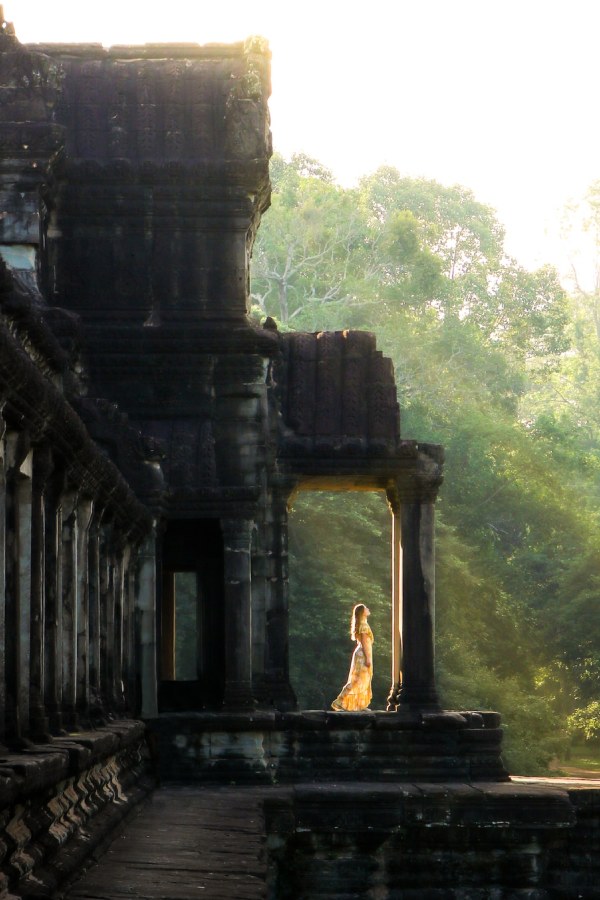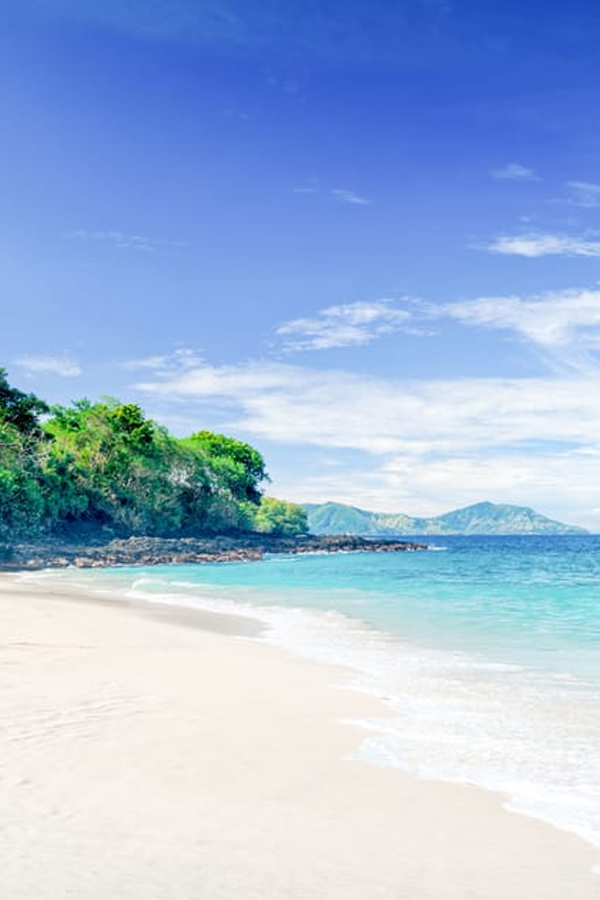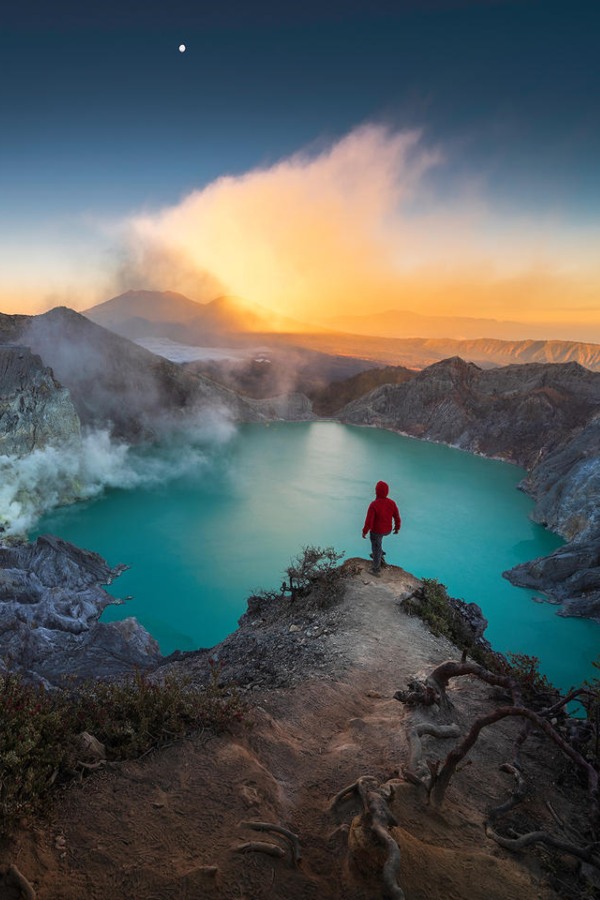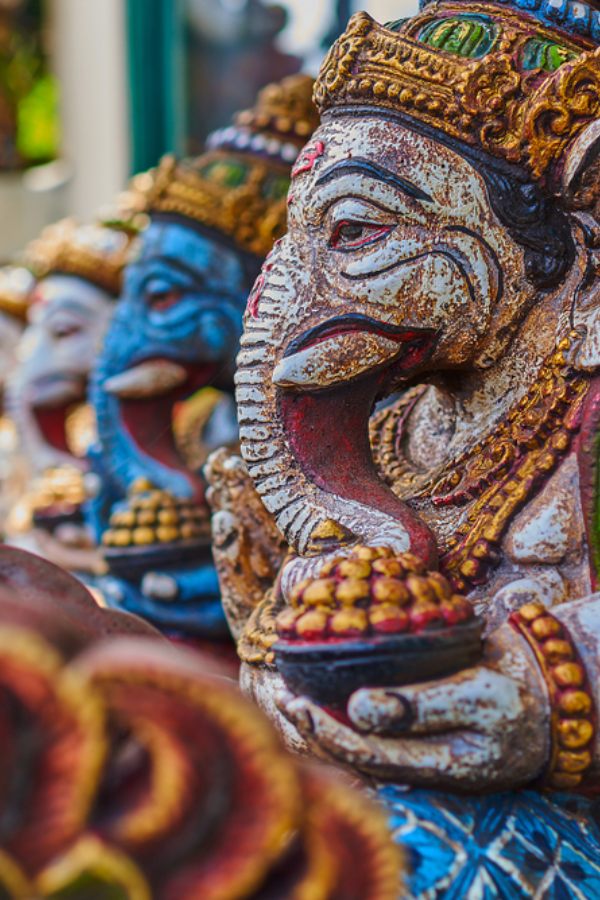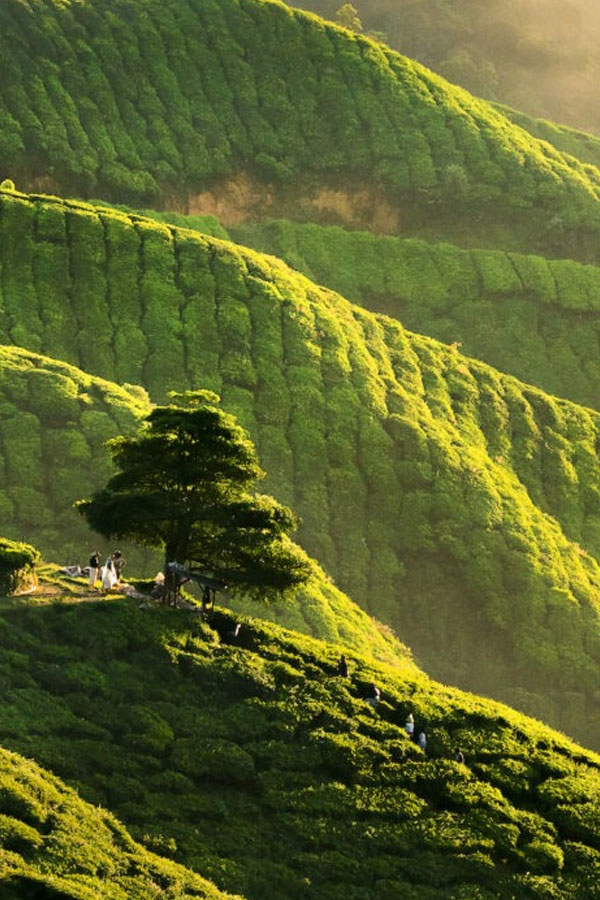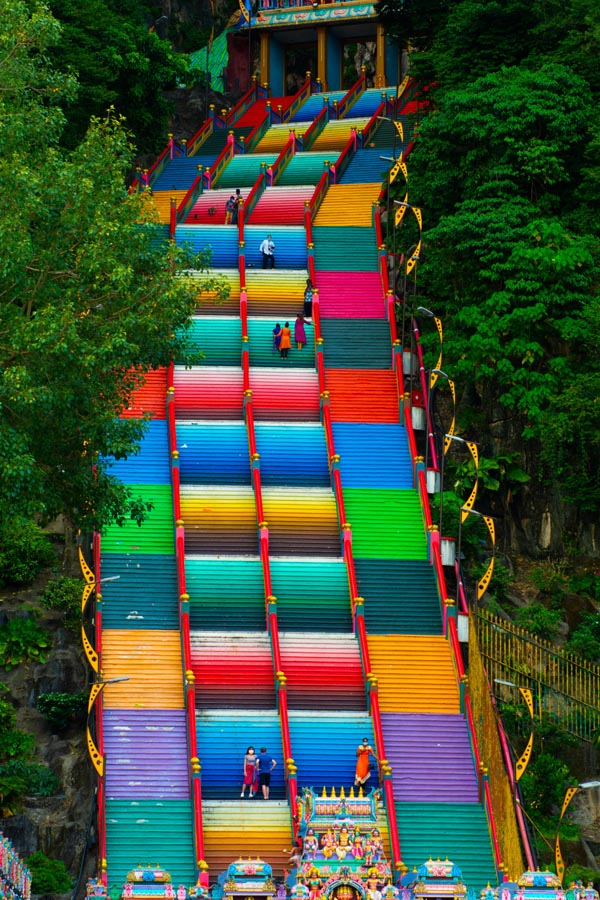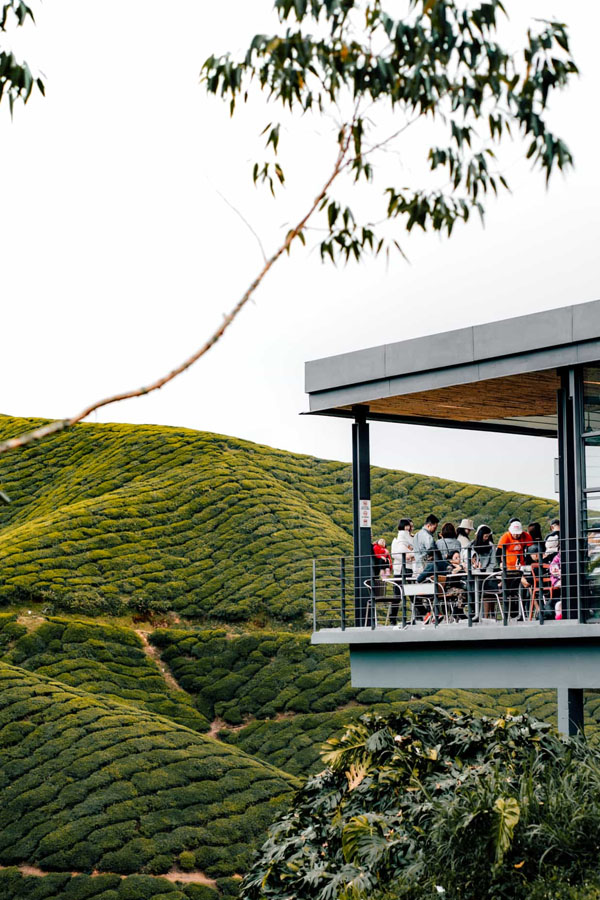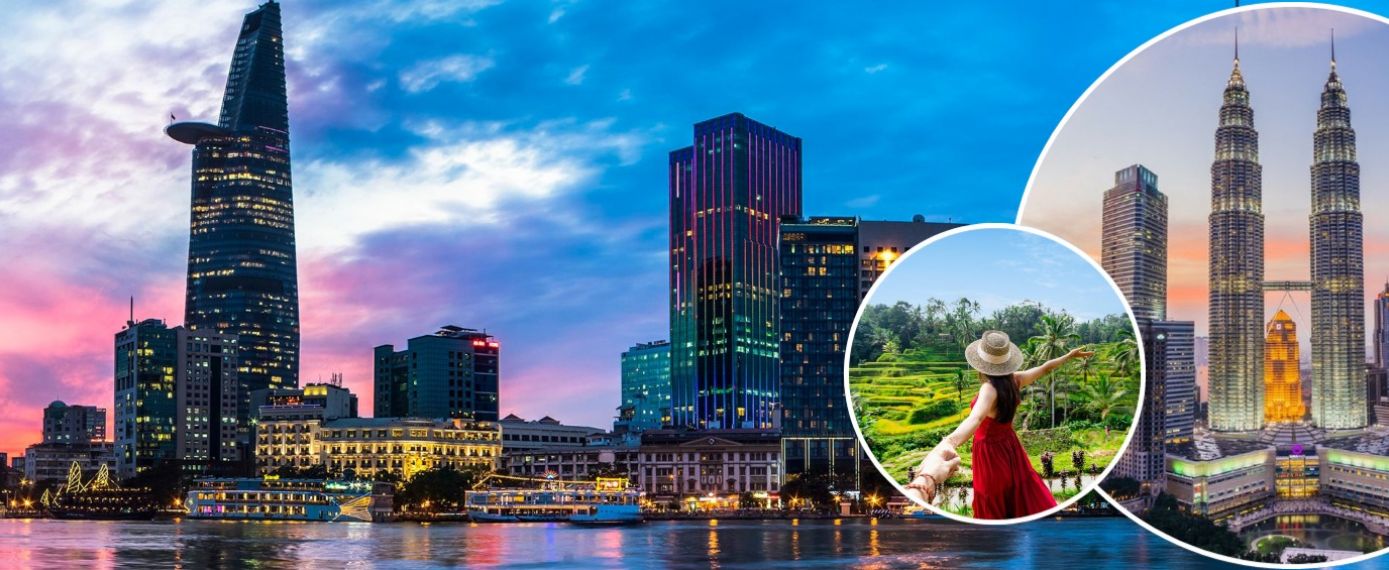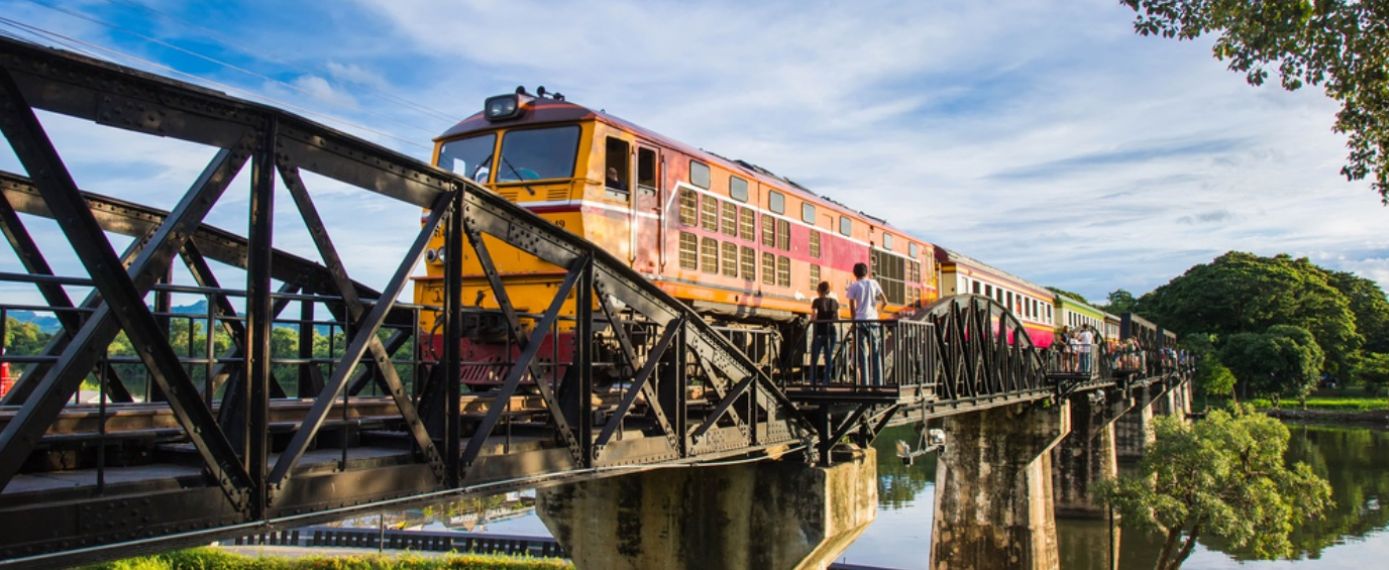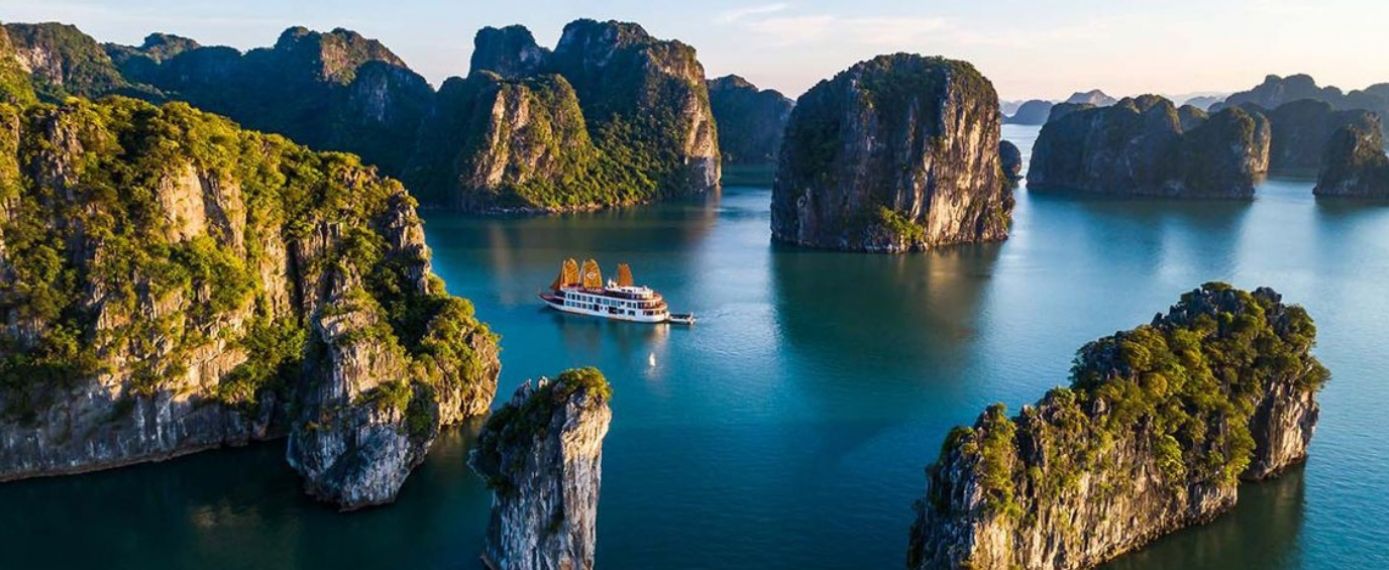
This multi-country Southeast Asia tour, including Cambodia, Malaysia, and Indonesia, is the best way to see the region's breathtaking natural landscapes and rich cultural heritage. Witness the awe-inspiring Angkor Wat in Cambodia. Discover the cultural diversity of Malaysia, from bustling Kuala Lumpur to the idyllic Penang. Conclude your epic trip in Indonesia, with its gorgeous beaches, active volcanic mountains, and vibrant culture. This thorough itinerary offers a wonderful combination of culture, history, and natural beauty.
This multi-country Southeast Asia tour, including Cambodia, Malaysia, and Indonesia, is the best way to see the region's breathtaking natural landscapes and rich cultural heritage. Witness the awe-inspiring Angkor Wat in Cambodia. Discover the cultural diversity of Malaysia, from bustling Kuala Lumpur to the idyllic Penang. Conclude your epic trip in Indonesia, with its gorgeous beaches, active volcanic mountains, and vibrant culture. This thorough itinerary offers a wonderful combination of culture, history, and natural beauty.
Highlights of this Tour
Our tour includes
Stay at
Hotel(20 nights)
Read more...Transfers
Travel by private & shared vehicle with driver according to daily schedule
Read more...Local Team
Private guides, drivers, your own travel expert
Read more...Meals
Daily scheduled meals including breakfast at hotel and lunch at local restaurant
Read more...Activities
22 Interesting Experiences
Read more...Services
In-tour offerings including entrance fees, boat trips, in-tour flights...
Read more...Stay at
Hotel(20 nights)
Read more...Transfers
Travel by private & shared vehicle with driver according to daily schedule
Read more...Local Team
Private guides, drivers, your own travel expert
Read more...Meals
Daily scheduled meals including breakfast at hotel and lunch at local restaurant
Read more...Activities
22 Interesting Experiences
Read more...Services
In-tour offerings including entrance fees, boat trips, in-tour flights...
Read more...Trip Overview
Best of Cambodia, Malaysia, and Indonesia - 21 days

PhnomPenh
Siem Reap
Kuala Lumpur
Cameron Highlands
Penang
Surabaya
Bromo
Banyuwangi
Bali Island

With over 15 years of experience, our team will help you choose the perfect for your adventure.

Authentic

Flexible

Persionalized

24/7 Support


Destinations of this tour
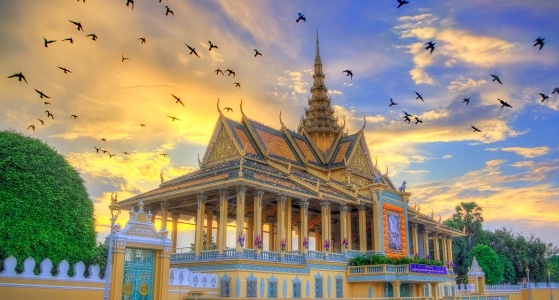
Phnom Penh is the most populous city in Cambodia and supposed to the most beautiful French built city in Asia. Abandoned during the Khmer Rouge period and with very little development until the 21st century, Phnom Penh has avoided the mass modern high rise development of other cities in the same area. The city maintains a unique vibrancy and provides a fascinating contrast between old and new. For many visitors, Phnom Penh is a transit stop before hopping on to Siem Reap, nevertheless, there are plenty of reasons to linger in the city. From the historical significant sites to understand what happened in Cambodia during the Khmer Rouge and Pol Pot years to the astounding temples and palaces to explore the classic Khmer architecture that make Phnom Penh an excellent location to spend a few days before heading into other parts of the country. Aside from sightseeing, Phnom Penh has a range of options for nightlife options and restaurants, including some great rooftop bars. There are a plethora of street stalls where you can fill up on noodle dishes, filled baguettes and fruit shakes. The bustling riverfront and Sisowath Quay are lined with cafés, restaurants and bars serving cuisine from all over the world. Boeung Keng Kang is also packed with swish cafes, restaurants and bars. The restaurants are reasonably priced, and many visitors end up lingering in Phnom Penh for the restaurant scene.
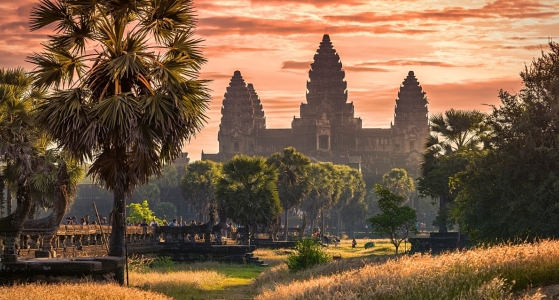
Siem Reap is the gateway to Cambodia’s vast and spectacular temples of Angkor undoubtedly one of the world's greatest archaeological sites. Constructed between the 9th and 15th centuries, these magnificent temples were once the grounds for the Khmer Empire’s capitals. The Angkor Archaeological Park covers around 400 sq km, and the largest, most well-known temple is Angkor Wat. The mysterious architectural techniques used to construct these temples still amaze the world today. Apart from the temples, one can take a Vespa ride and weave through the streets with a local guide on a street food tour. Head into the countryside for a cooking class, cycle or even ride a quad bike along the backroads, passing villages, paddy fields and taking in a more peaceful side to the city. Further afield is Southeast Asia’s largest freshwater lake - the Tonlé Sap. Cruise past the villages of stilt houses rising from the lake, such as Kampong Phluk town that soars above the water in the dry season and sits on top of the water in the rainy season. Welcoming 2.6 m tourists annually, Siem Reap is one of the biggest tourism hubs in Southeast Asia. From exploring ancient temples and floating villages to indulging in exquisite Khmer cuisine and relaxing in luxurious resorts, the town promises an unforgettable experience that blends cultural immersion with modern comforts.
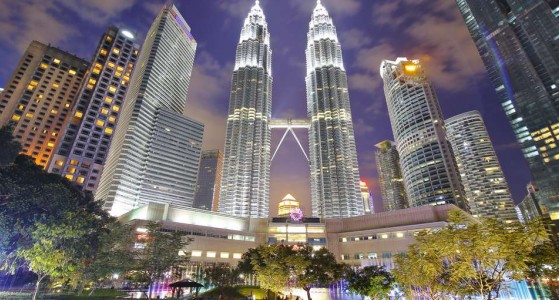
Kuala Lumpur is a diversity cultural melting pot, where jade-topped Chinese gates open out onto palm-lined squares, Indian restaurants serve banana leaf curries in marigold-scented alleyways, and old-fashioned Malay villages lie squeezed between the skyscrapers. Founded in 1857 under British rule as a tin mining outpost, Kuala Lumpur is fairly new as far as Malaysian cities go and does not have the rich history like Georgetown or Malacca. After a couple of decades of fluctuation, Kuala Lumpur began to prosper and was made capital of the Federated Malay States in 1896. Today, Kuala Lumpur is the capital of one of the economic powerhouses of Asia. Kuala Lumpurites come in all sorts. Malaysian and Chinese make up 80 percent of the population, and about 7 percent are Indians. Among the rest are offspring of intermarriages between races. Most Kuala Lumpurites speak at least two languages, one of which is Malay, or Bahasa Malaysia, the national language; some speak up to five – including Chinese and Indian dialects.
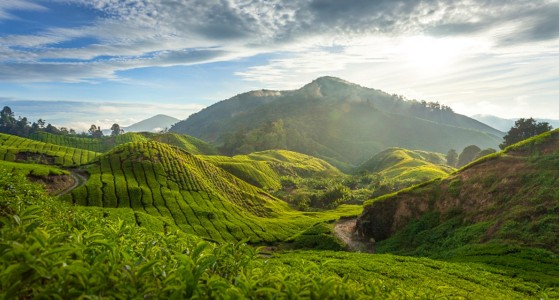
Cameron Highlands is a gorgeous hill station situated in Pahang, Peninsular Malaysia. The area is named after William Cameron, a British government surveyor who discovered the area in 1885 during a mapping expedition. During the colonial occupation era, Cameron Highlands gained fame due to its cool climate, attracting the British for a perfect summer retreat. Consequently, this hill station retains a quintessentially old English atmosphere with mock Tudor hotels serving tea in the afternoon and gin and tonics in the evenings. Cameron Highlands is well known for interesting hiking trails that are well kept, making things very easy experts and beginners alike. One of the most popular is the mystical Mossy Forest, the oldest forest in the area. It is known for the convoluted trees covered in moss that gives it an enchanted forest look. The paths have been mostly covered by wooden bridges making it quite an easy trek. For adventure lovers, there is a network of jungle trails taking in most of the major attractions and when combined with the roads will allow you to walk through most of the best areas from town to town. Most of the trails start, end, or can be combined with other trails to bring you to and from Tanah Rata. Cameron Highlands is also home to numerous agricultural farms where visitors can obtain fresher-than-fresh produce. One can visit a sweet-smelling strawberry plantation, a sprawling tea estate, or a prickly cactus farm for sightseeing.
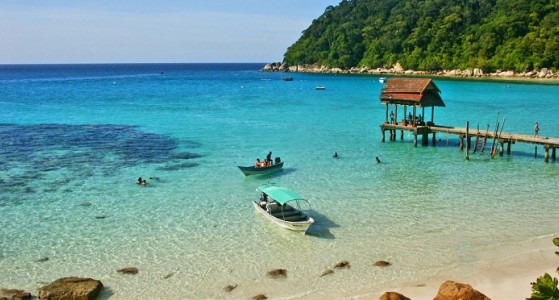
Penang is a state on the west coast of Peninsular Malaysia. Geographically, the state consists of Penang Island, and Seberang Perai, the mainland strip facing the island, which are separated by a small stretch of the Strait of Malacca. Penang is rich in culture and history, with a unique mix of Malay, Chinese, Indian and British influences. Visitors will find Penang brimming with charming historic buildings, ornate religious sites, sandy beaches, kampungs surrounded by rice paddies, vast unbeaten jungles, all topped with a splash of bustling city life. The unique way in which cultures have melded in Penang may be best represented in the food. Frequently voted among Asia’s top locations to eat street food, the blend of Malay, Chinese, Indian and European culinary traditions makes for an unforgettable banquet of taste sensations. Once was a British colonial holding, Penang has an abundance of classical Victorian architecture, particularly in the capital city, Georgetown. History buffs and architecture lovers in particular will appreciate the colonial-era Penang City Hall, Fort Cornwallis and the Penang State Museum. Part of Penang’s charm is that within minutes of admiring colonial architecture you can be wandering among the colorful statues of the Burmese Buddhist Temple or admiring the peaceful geometric patterns of the Kapitan Keling Mosque. Don’t miss the superb Pinang Peranakan Mansion, where the opulent lifestyle enjoyed by the wealthy Chinese Straits families has been recreated with antique furnishings from all over the world. If you enjoy getting back to nature, take a hike in the Penang National Park. Visit the nearby Penang Butterfly Farm for a colorful adventure the entire family will enjoy. And don’t miss the tropical spice garden, one of Malaysia’s premier eco-tourism attractions with more 100 herbs and spices growing wild.
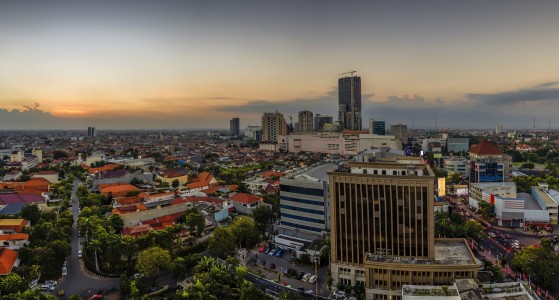
Surabaya, located in the East of Java Island, is the second-biggest city of the nation. With more than 3 million people living inside its borders and over 10 million in the Surabaya metropolitan region, the city is home to Indonesia's second-largest metropolitan area. Situated on the Madura Strait in northeastern Java, it is among the oldest port cities in Southeast Asia. Along with Jakarta, Medan, and Makassar, Surabaya is one of Indonesia's four major center cities, according to the National Development Planning Agency.
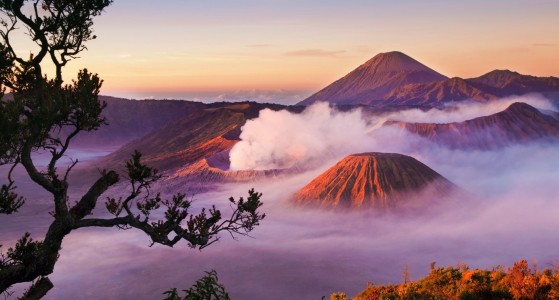
Mount Bromo (Indonesian: Gunung Bromo) is an active volcano situated in the eastern part of Java Island. At 2,329 meters (7,641 feet), it is not the tallest peak in the Tengger massif, but it is the most famous. The massif is one of the most popular tourist destinations in East Java, Indonesia. The volcano is part of the Bromo Tengger Semeru National Park. The name Bromo is taken from the Javanese pronunciation of Brahma, the Hindu creator god. Mount Bromo is located in the center of the 'Sea of Sand' (Javanese: Segara Wedi or Indonesian: Lautan Pasir), which has been a protected natural reserve since 1919.The classic route to Mount Bromo is from the adjacent mountain village of Cemoro Lawang. From there, it takes around 45 minutes to walk to the volcano, but you may also join an organized jeep tour that includes a stop at the Mount Penanjakan viewpoint (2,770 m or 9,088 ft) (Indonesian: Gunung Penanjakan). The viewpoint on Mount Penanjakan may also be reached by foot in about two hours.
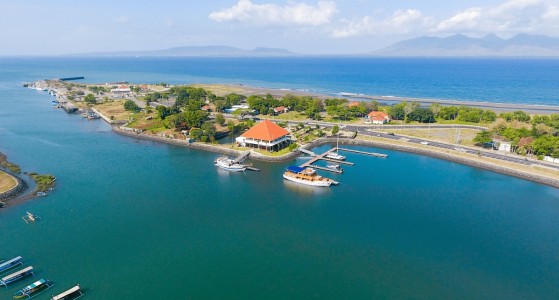
Banyuwangi is a city located on the easternmost tip of Java Island, well known for its ferry link from Ketapang to Gilimanuk in Bali. This location has a lot more to offer, and it is becoming more well-known as a visiting destination in and of itself. Banyuwangi is also the major entry point for the Baluran National Park and the Ijen Plateau, world-class surfing at G-Land (Grajagan), and the distant Alas Purwo National Park.

Ubud is a town located in the central part of Bali island, known for its rich arts and culture, as well as its lush landscapes of rice fields and tropical jungle, offering a contrast to the southern beach areas.

Southeast of Bali sits the seaside town of Sanur. Shallow waters can be found on its extensive beach. With a paved bike path behind them, vibrant jukung fishing boats are laid out on the sand. The 10th-century inscriptions in the coral-built Pura Blanjong temple date back to that time. Restaurants and art galleries line Jalan Danau Tamblingan, the lush main boulevard.
OTHER TOURS YOU MAY LIKE
Step into a world where every day feels like a new postcard come to life. This 19-day journey across Malaysia, Vietnam, and Indonesia weaves together the region’s most captivating destinations into one seamless adventure. Kick off among the soaring skyscrapers and lively landmarks of Kuala Lumpur, unwind on the serene beaches of Langkawi, and stroll through the cultural tapestry of Penang. Then, dive into Vietnam’s energy, from the lush veins of the Mekong Delta in the south to the breathtaking beauty of Halong Bay in the north. Finally, surrender to the magic of Bali, from the artistic soul of Ubud to the volcanic highlands of Kintamani and the sun-kissed shores of Sanur.
Only From $3230/person
All Inclusive ServiceThis Tour
Join us on the ultimate 15-day adventure in Thailand and Malaysia with a thorough itinerary of tropical landscapes, vibrant cities, and cultural treasures. This itinerary provides a balance between cultural immersion and natural relaxation, where every moment is full of discovery, new experiences, and memories that last a lifetime. From the bustling Bangkok to the historical Kanchanaburi or from the rich heritage of Penang to the lush greenery of Cameron Highlands, a diversity of treats awaits you in this Thailand Malaysia Tour Package.
Only From $2790/person
All Inclusive ServiceThis Tour
This 16-day Indochina Discovery provides the best parts of Vietnam, Cambodia, and Laos, which includes the thrilling Mekong Delta, the magnificent Angkor monuments, and the stunning Kuang Si Waterfall. Kickstart from Hanoi with a local food and nightlife experience, you’ll cruise through limestone karsts of Halong Bay, explore the authentic countryside of Hoi An, enjoy a half-day Cu Chi Tunnel tour before heading to the Mekong Delta with charming boat trips. In Cambodia, you’ll visit the Angkor Wat complex and surrounding temples, then finsish this itinerary in the tranquil Luang Prabang of Laos with a short cultural and natural exploration. Join us and explore all highlights of Indochina without rushing on this 16-day tour.
Only From $2656/person
All Inclusive ServiceThis Tour

Customize this tour with us!


Adventure Travel Trade Association


American Society of Travel Agents


Family Travel Association


TripAdvisor


Wikipedia


World Travel Awards
ABOUT US
Why Us Trusted Travel Company What Makes Us Different Meet Our Team Southeast Asia Travel Guide Southeast Asia Tour Highlights Pre-departures Deposit & Payment Cancellation Policy Terms and Conditions Contact UsOur Destinations
Vietnam Tours Cambodia Tours Thailand Tours Indonesia Tours Malaysia Tours Philippines Tours Laos Tours Singapore Tours Myanmar ToursMulti-country
Vietnam Cambodia Tours Vietnam Cambodia Laos Tours Vietnam Thailand Tours Vietnam Cambodia Thailand Tours Thailand Malaysia Tours Thailand Malaysia Indonesia Tours Indonesia Thailand Tours Indonesia Malaysia Vietnam Tours Southeast Asia Tours 26 - 30 Days Southeast Asia Tours 18 - 26 Days Southeast Asia Tours 12 - 18 DaysTravel Themes
Best Southeast Asia Tours Southeast Asia Heritage & Culture Tours Southeast Asia Nature & Wildlife Tours Southeast Asia Family Tours Southeast Asia Honeymoon Tours Southeast Asia Adventure & Outdoor Tours Southeast Asia Beach & Island Tours Southeast Asia Cruise Tours Southeast Asia Tours 8 - 12 Days Southeast Asia Tours < 8 DaysSOUTHEAST ASIA TRAVEL COMPANY LIMITED
As local Southeast Asia Tour experts with over 15 years of experience, Southeast Asia Travel company has built a solid reputation as experts in designing custom tours across Southeast Asia including Vietnam, Laos, Cambodia, Thailand, Singapore, Malaysia, Indonesia, Myanmar, Philippines... Every Southeast Asia tour we offer is exclusively private, ensuring flexibility to suit individual preferences.
Read more